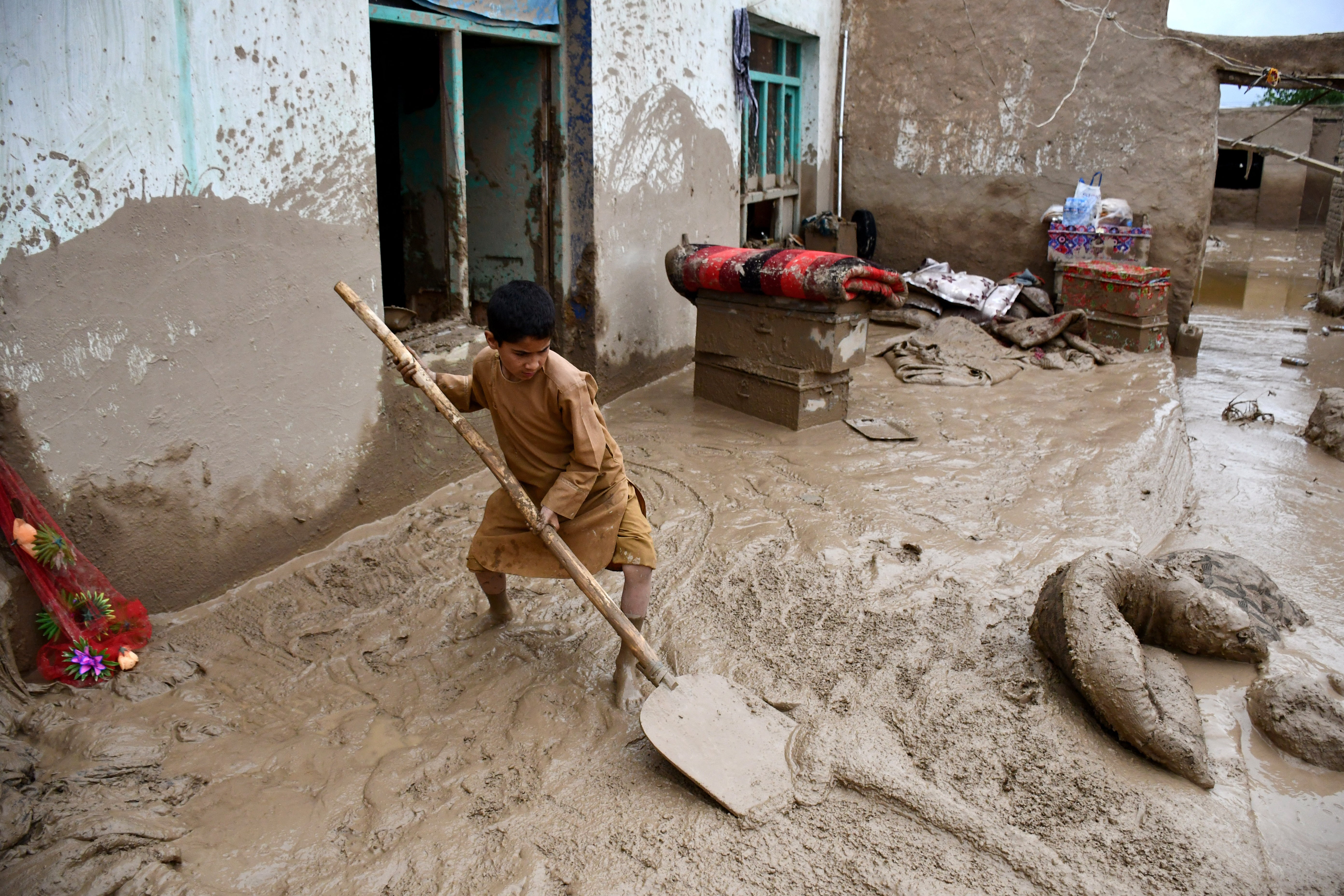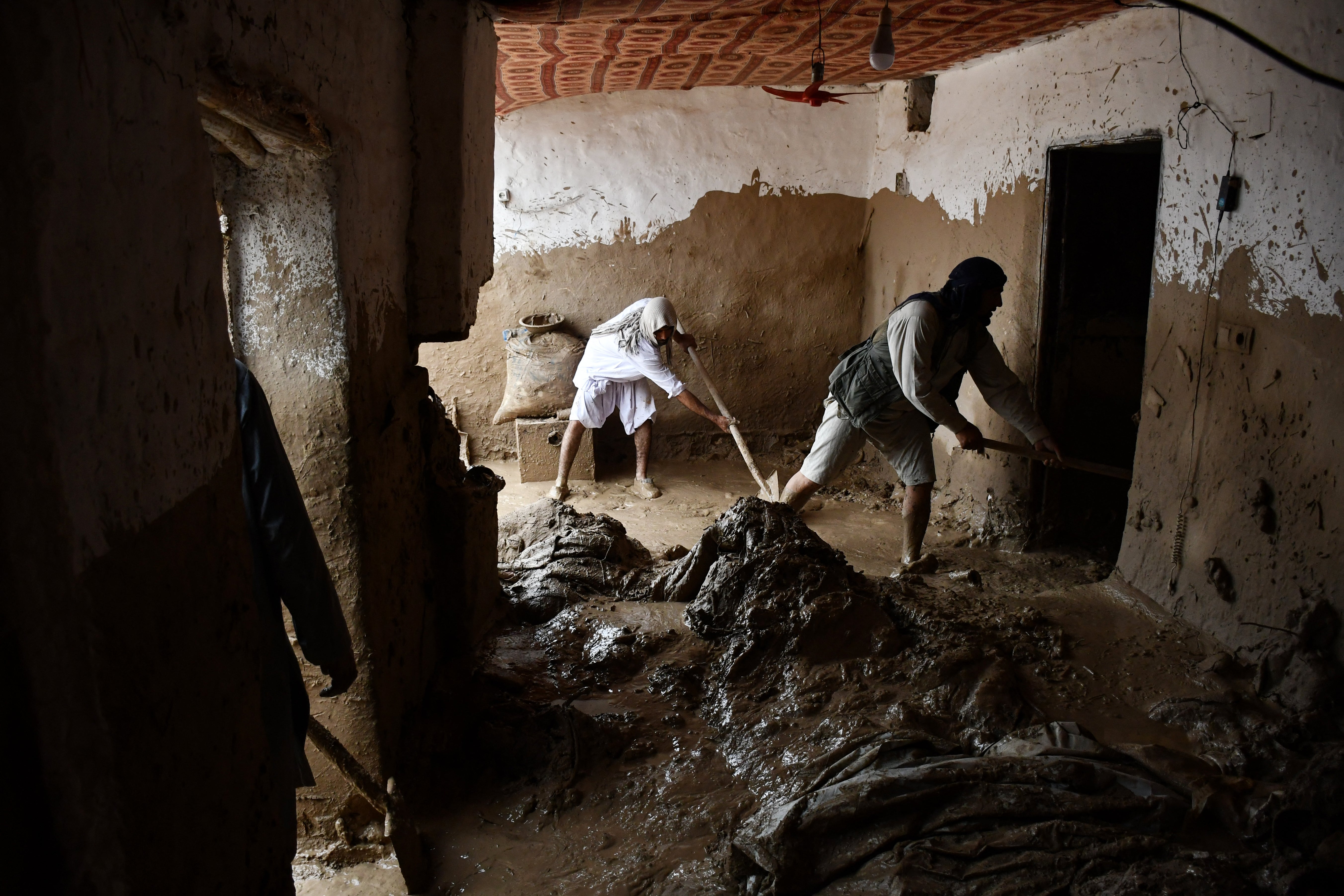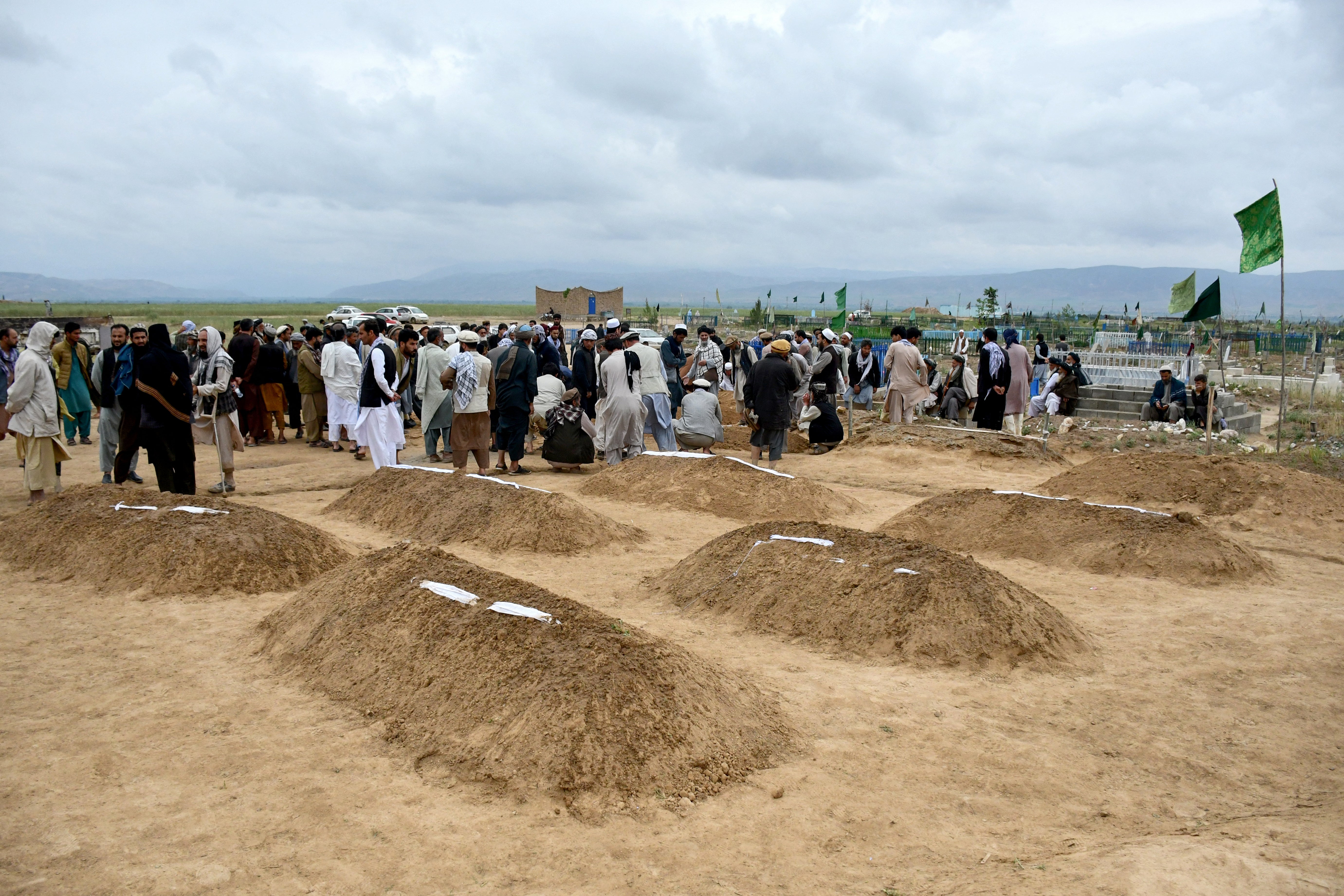Death toll from Afghanistan flash floods rises to 315 with over 1,600 injured
Maintaining access to safe water, health and protection services is paramount, Unicef says
The death toll from flash floods in northern Afghanistan has risen to 315 with over 1,600 people injured, Taliban officials said on Sunday.
The number of dead from the floods caused by heavy rains is expected to increase, according to the Taliban’s interior ministry.
Thousands of homes have been destroyed or damaged and livestock killed by the flash floods in the northern part of the country.
“The death toll has exceeded 300, and sadly, we expect this number to rise. The flood has also destroyed more than 2,000 homes,” the UN’s International Organization for Migration (IOM) posted on X.
Most of the casualties were reported in the northern province of Baghlan, where heavy rains have destroyed at least 3,000 houses, damaged farmland, washed away livestock, closed schools, and damaged health centres, according to the United Nations.

Officials are currently orchestrating rescue operations, medical aid provision, emergency food distribution, shelter arrangements, and assistance in burial arrangements, according to the official X account of Taliban spokesperson Zabihullah Mujahid.
Air rescue operation is underway to help citizens stranded in floods in the northern province of Baghlan.
Taliban said residents were not prepared to face a sudden rush of water as heavy seasonal rains caused flooding.
“The impact has been profound, leading to loss of life and injuries, with many individuals still unaccounted for,” the WHO’s Afghanistan office said in a statement on Friday.
“The heavy rains and subsequent floods have disrupted lives and pose a significant risk to children in the affected provinces. As families cope with the loss, maintaining access to safe water, health and protection services is paramount,” Tajudeen Oyewale, Unicef representative in Afghanistan, said.

The UN warned last year that Afghanistan is experiencing large “swings in extreme weather conditions”.
Infrastructure such as roads, bridges, and buildings are often damaged or destroyed, disrupting transportation and communication.

After the Taliban took over and foreign forces withdrew in 2021, the development aid that formed the backbone of government finances was cut.

According to experts, Afghanistan, despite accounting for only 0.06 per cent of global greenhouse gas emissions, ranks sixth among countries most vulnerable to climate change.
In a statement on Sunday, the Taliban’s economy minister Din Mohammad Hanif called on the UN, humanitarian agencies, and private businesses to support those affected by the floods.
The destructive flash floods follow heavy rains last month which killed at least 70 people and over 2,500 animals, also damaging agricultural land.
Join our commenting forum
Join thought-provoking conversations, follow other Independent readers and see their replies
Comments
Bookmark popover
Removed from bookmarks